Bio Lab 13: Ciliate Isolation and Characterization
11/13/18
Bio Lab 13: Ciliate Isolation and Characterization
Purpose: In this lab students calculated the soil composition of soil samples and continued isolating ciliates. Students found the percent compositions of sand silt and clay within their soil. Also, students isolated any ciliates that were found and characterized them based off of their appearance and behavior.
Procedure:
- Obtain soil composition sample and measure with a ruler in cm the sand, silt and clay portions. (record the percent compositions of each)
- Obtain wet soil sample in the petri-dish and add water if it is too dried out.
- Add about 5, 5 ul drops of the sample to a concavity slide and place under a compound microscope.
- Once a ciliate is located, add a drop of methyl cellulose to the drop of soil sample to slow it down.
- Get pictures or videos of the ciliates if possible.
- Next, talk with lab group and plan out final presentation of soil ciliates found.
Data: Soil Composition
Sand: 1.5/2.3= 65%
Silt: .5/2.3=22%
Clay: .3/2.3= 13%
Soil texture: Sandy Loam
Storage: Identifier for falcon tube and petri-dish – mo34f18
Conclusion
In this lab I was able to learn more about the characteristics of ciliates and how to identify them, also the different functions that they carry out that are different from other classes of organisms. Also in this lab I calculated the composition of sand, silt and clay in my soil sample and I was able to use this data to find the texture of my soil which was sandy loam. There was 65% sand, 22% silt and only 13% clay in my soil sample. In addition, II was unsuccessful in isolating additional ciliates. I did find one in my first round of sample drops however when I slowed it down with methyl cellulose I lost it. My lab group also discussed what will be in our final presentations of our ciliate discoveries. Two out of the three of us were successful in finding ciliates over the passed three labs. In the future I hope to learn more about different classes of organisms and how ciliates compare to them.














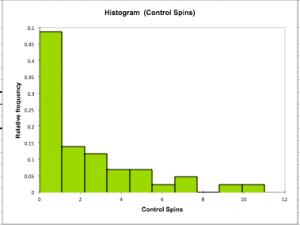
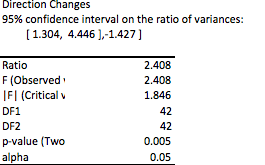

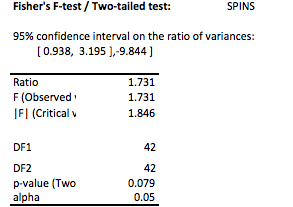

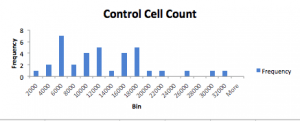



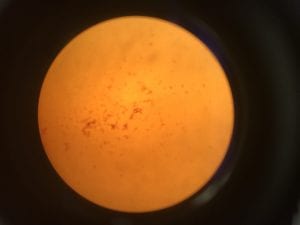 \
\


